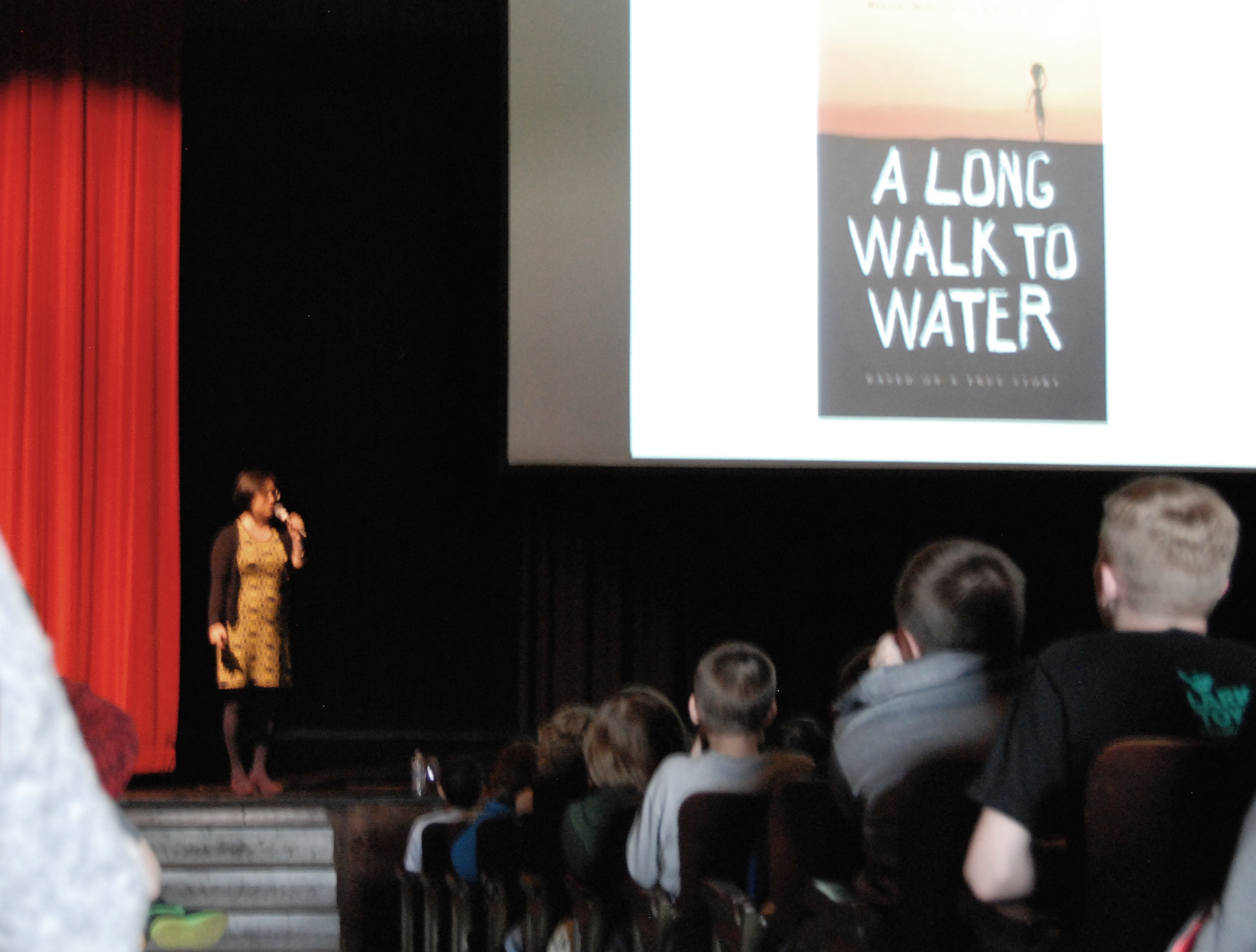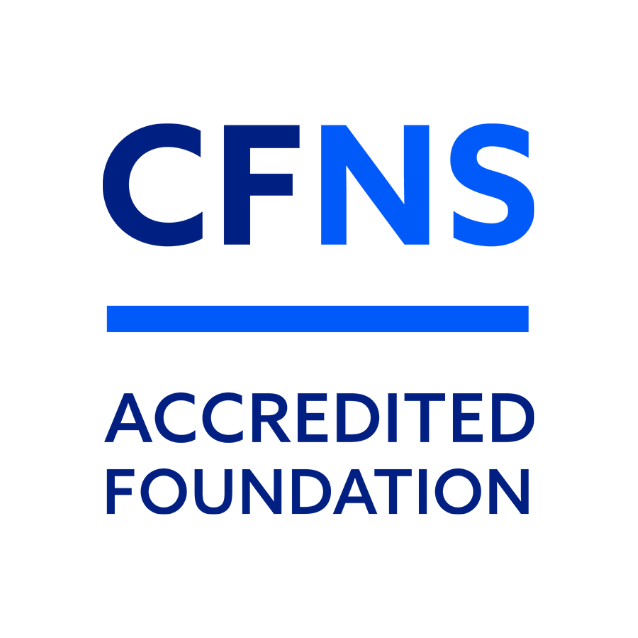‘Long Walk’ author brings students along
Linda Sue Park, the author of “A Long Walk to Water,” stood in front of a full auditorium at Roosevelt Middle School Tuesday, April 14, and asked for a show of hands of first-born girls in the audience.
With hands waving all over the room, Park told them that if they had been born in the south Sudan village where her story is based, they would be walking two hours each way, twice a day, to a pond to fetch water for their families in a heavy vessel balanced on their heads. Walking eight hours a day would leave them no time to attend school with their brothers. Indeed, out of the 100 or so women and girls in the room, maybe four or five would have attended school at all.
The heat might exceed 130 degrees in the sun. They would have no air conditioning for relief because the closest source of electricity would be the distance from Appleton to Chicago.
Park effectively related the conditions in Sudan to Appleton middle and high school students in nine appearances this week, plus a public presentation at the Appleton Library, supported by $9,000 in Community Education and Environmental Sustainability grants from the Community Foundation’s discretionary grant money. A grant from the Appleton Education Foundation helped to purchase materials for related lessons students took part in before her arrival.
“A Long Walk to Water” tells the real-life story of Salva Dut, one of the “Lost Boys” of South Sudan. He was one of the lucky ones. He escaped to Kenya, where he lived in a barren, crowded refugee camp for 10 years before finally winning passage to Rochester, NY, where Park and her journalist husband live. Park tells his story by contrasting his life with that of Nya, a fictional 11-year-old girl back in his village.
“Why not move closer to the pond?” was the obvious question Park put to the students. In a land enveloped in war for 30 years, a local agreement kept the peace by not allowing anyone the advantage of living next to the pond.
Park is touring schools that have raised money for drilling rigs — like the $1,000 brought in by AASD students — to install water wells in Sudanese villages. The villagers call the rigs iron giraffes. The names of all of the schools doing this across the United States will be entered into a drawing, with the winning school getting a visit from the real life Salva, who has moved back to Sudan to do relief work.
Admittedly, the biggest reaction Park got from the middle schoolers came early on when she flashed up a picture of her labradoodle puppies, but Salva’s story clearly left an impression and his visit would be a highly valued prize.
To learn more about Sudan and the quest to bring fresh water to the villages, go to www.waterforsouthsudan.org. For $15,000, the organization can drill a well for a village, making it a much shorter walk for water.
David Horst is communications specialist at the Community Foundation for the Fox Valley Region. Email him at dhorst@cffoxvalley.org.




Leave a Comment